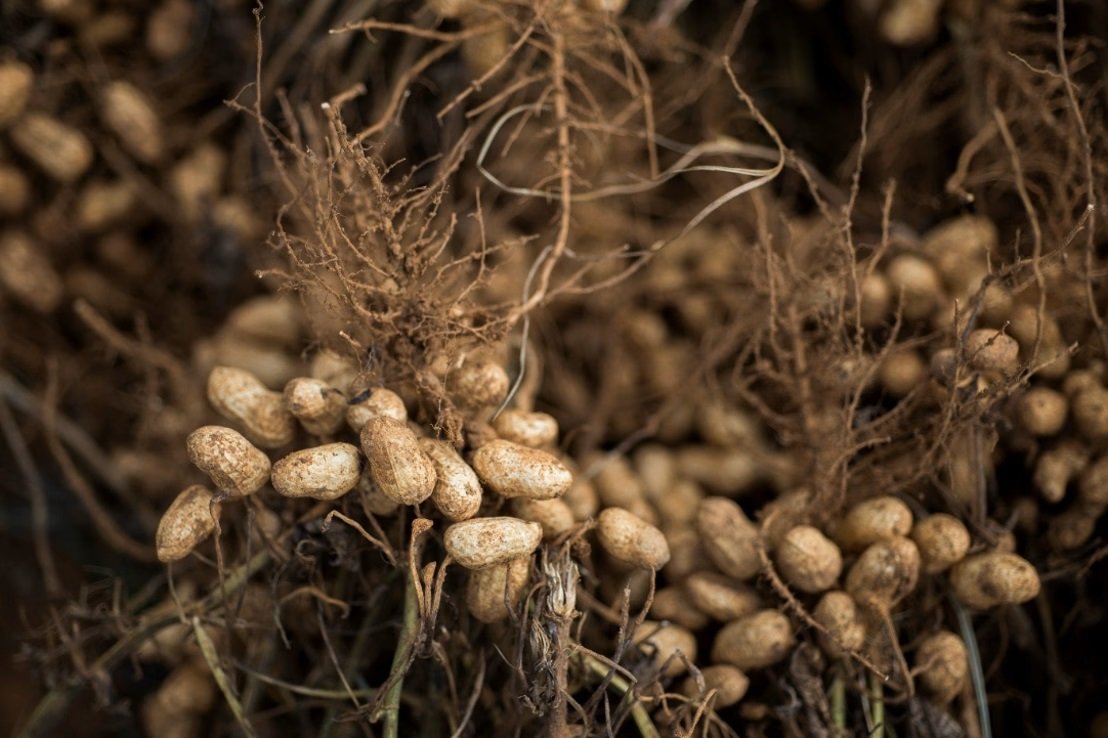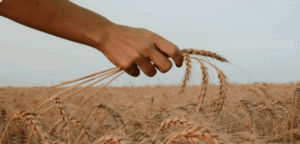Saturday, 11 October 2025
Discovery in peanut defence mechanisms offers hope for disease resistance
This study offers insights that will be pivotal for breeding groundnut varieties that are fully resistant to Aspergillus infection in the future The discovery of a natural defence mechanism in…

This study offers insights that will be pivotal for breeding groundnut varieties that are fully resistant to Aspergillus infection in the future
The discovery of a natural defence mechanism in peanuts that resists fungal infection holds promise for the future development of disease-resistant peanut varieties. Peanut, an economically significant oilseed, is vulnerable to Aspergillus infection and subsequent aflatoxin contamination.
A recent study by ICRISAT researchers delved deeper into the natural resistance exhibited by select peanut varieties and uncovered the biochemical processes that lead to the thickening of the secondary cell wall, providing greater resistance to the fungal infection caused by Aspergillus flavus.
Aflatoxin, a potent carcinogen and toxin, accumulates in a variety of food crops such as cereals, oilseeds, pulses, and nuts due to infection by Aspergillus species. Aflatoxin contamination poses a significant global challenge, impacting food safety, human health, and the economy.
Strict government regulations on the permissible levels of aflatoxin in food commodities significantly impact the food market and export economies, especially in developing countries. While various physical and chemical methods exist to combat, minimise and manage aflatoxin contamination, developing more resistant varieties offers the most economical solution by addressing the problem at its root.
This study offers insights that will be pivotal for breeding groundnut varieties that are fully resistant to Aspergillus infection in the future.
For this study, ICRISAT researchers used a metabolomics-based systems biology approach to understand the biochemistry behind increased peanut resistance to Aspergillus infection for the first time. The study reports the linkage between two specific metabolites and the level of resistance exhibited by peanut varieties.
The two key metabolites, hydroxycinnamic acid amides (HCAAs) and lignin precursor levels were higher in the resistant genotype. These compounds strengthen the secondary cell wall, providing a physical and chemical barrier against infection.
Technology
SodaStream breaks new ground with fruit Schorlen-Mix in SIG Dome carton bottles
Oct 10, 2025 | Company News
Inside Agilent’s Strategy to Make India Global Benchmark in Food Testing
Oct 10, 2025 | Food Safety and Testing
Nestlé and the World Farmers' Organisation partner to advance resilient food systems
Oct 09, 2025 | Company News
Food Testing
Inside Agilent’s Strategy to Make India Global Benchmark in Food Testing
Oct 10, 2025 | Food Safety and Testing
Arya.ag wins SmartAG Award 2025 for climate-resilient farming solutions
Oct 01, 2025 | Awards
Reducing Testing Time from 15 Days to 72 Hours: bioMérieux Leads the Way
Sep 19, 2025 | Food Safety and Testing
More Popular
Yakult Singapore introduces Y1000 probiotic drink
Oct 10, 2025 | Company News
SodaStream breaks new ground with fruit Schorlen-Mix in SIG Dome carton bottles
Oct 10, 2025 | Company News
PepsiCo names Steve Schmitt as CFO
Oct 10, 2025 | Beverages





